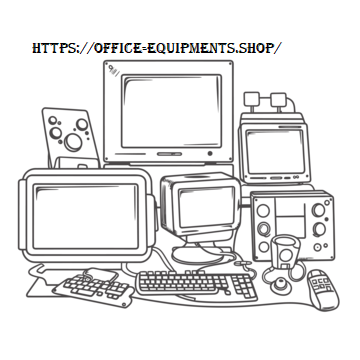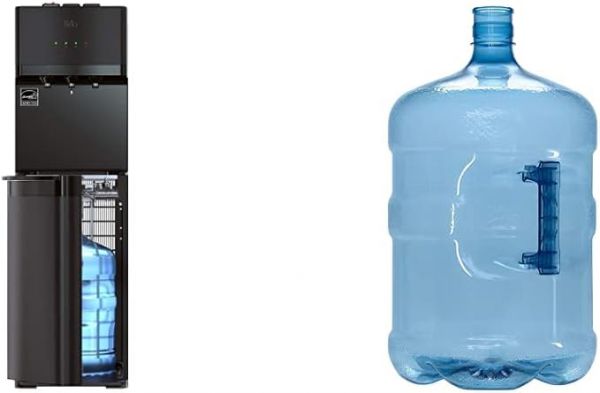How to Choose a Dispenser

- Types of Dispensers
- Soap Dispensers
- Hand Sanitizer Dispensers
- Paper Towel Dispensers
- Water Bottle Filling Stations
- Factors to Consider When Choosing a Dispenser
- Purpose and Location
- Capacity and Refills
- Material and Durability
- Design and Aesthetics
- Hygiene Features
- Cost and Budget
- Installation and Maintenance
- User Experience
- Brand Reputation and Reviews
- Conclusion
Choosing the right dispenser can be a daunting task, especially with so many options available on the market today. Whether you're looking for a soap dispenser for your bathroom or a hand sanitizer dispenser for public spaces, there are several factors you need to consider before making a purchase. In this comprehensive guide, we'll walk you through everything you need to know about selecting the perfect dispenser for your needs.
Types of Dispensers
Before diving into the specifics, let's first understand the different types of dispensers available:
Soap Dispensers
Soaps dispensers come in various forms, including manual pumps, automatic sensors, and foaming dispensers. Manual pumps require users to press down on the pump to release soap, while automatic sensor dispensers use infrared technology to detect hands and dispense soap without any physical contact. Foaming dispensers create lathered soap that is easier to rinse off and often uses less product per wash.
Hand Sanitizer Dispensers
Hand sanitizer dispensers are becoming increasingly popular due to their ability to help prevent the spread of germs. They can also be either manual or automatic, with automatic models being more hygienic as they eliminate the need for touching the dispenser.
Paper Towel Dispensers
Paper towel dispensers are essential in bathrooms and kitchens. They can be either manual pull-down dispensers or automatic sensor-based ones. Automatic dispensers provide a touchless experience, which is particularly beneficial in high-traffic areas where hygiene is crucial.
Water Bottle Filling Stations
Water bottle filling stations are commonly found in schools, gyms, and other public places. These dispensers allow users to quickly refill their water bottles, reducing plastic waste from single-use bottles.
Factors to Consider When Choosing a Dispenser
Now that we have an overview of the different types of dispensers, let's explore the key factors you'll want to keep in mind when making your selection:
Purpose and Location
The primary purpose of the dispenser will determine its type and features. For instance, if you're looking for a soap dispenser for a home bathroom, a simple manual pump might suffice. However, for a busy office restroom, an automatic sensor dispenser would be more appropriate. Similarly, a hand sanitizer dispenser should be placed at entrances and exits of buildings, while paper towel dispensers belong near sinks.
Capacity and Refills
Consider how frequently the dispenser will be used and choose one with an appropriate capacity. Larger capacities mean fewer refills but may take up more space. Additionally, check whether the refill process is easy and convenient. Some dispensers have cartridges that can be easily replaced, while others require pouring liquid directly into the reservoir.
Material and Durability
Dispensers made from durable materials like stainless steel or ABS plastic are ideal for high-traffic areas since they can withstand frequent use. Stainless steel is resistant to rust and corrosion, making it suitable for humid environments such as bathrooms. Plastic dispensers are generally lighter and cheaper but may not last as long under heavy usage.
Design and Aesthetics
While functionality is paramount, design and aesthetics shouldn't be overlooked. The dispenser's appearance should complement the surrounding décor, especially in residential settings. Many modern dispensers come in sleek designs and various finishes to match different styles.
Hygiene Features
Hygiene is critical, especially in shared spaces. Touchless dispensers reduce the risk of cross-contamination by eliminating the need for direct contact. Some dispensers even feature antimicrobial coatings to inhibit bacterial growth on surfaces.
Cost and Budget
Budget plays a significant role in decision-making. While higher-end models offer advanced features and better durability, basic models can still perform adequately for most purposes. Determine your budget beforehand and prioritize features accordingly.
Installation and Maintenance
Ease of installation and maintenance should also be considered. Wall-mounted dispensers typically require professional installation, whereas countertop models are simpler to set up. Regular cleaning and maintenance are necessary to ensure optimal performance and longevity.
User Experience
User-friendliness is another important aspect. Ensure that the dispenser is intuitive and easy to operate for all users, regardless of age or dexterity. This includes factors like the size of the dispensed product, the speed of delivery, and the overall ergonomics of the device.
Brand Reputation and Reviews
Finally, research the brand reputation and read user reviews to get a sense of real-world experiences with the product. Established brands usually offer reliable products backed by warranties and customer support. Positive reviews indicate satisfaction among previous buyers.
Conclusion
Selecting the right dispenser involves careful consideration of multiple factors, including the intended purpose, location, capacity, material, design, hygiene features, cost, ease of installation, maintenance, user experience, and brand reputation. By taking these elements into account, you can confidently choose a dispenser that meets your needs and enhances the convenience and cleanliness of your environment.








